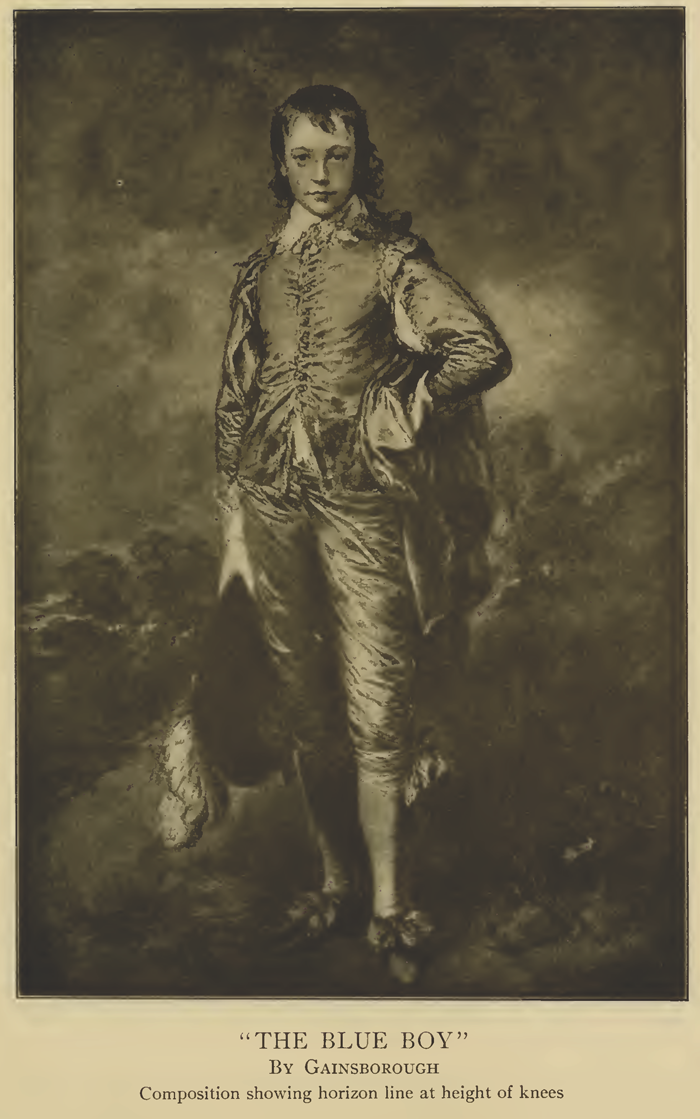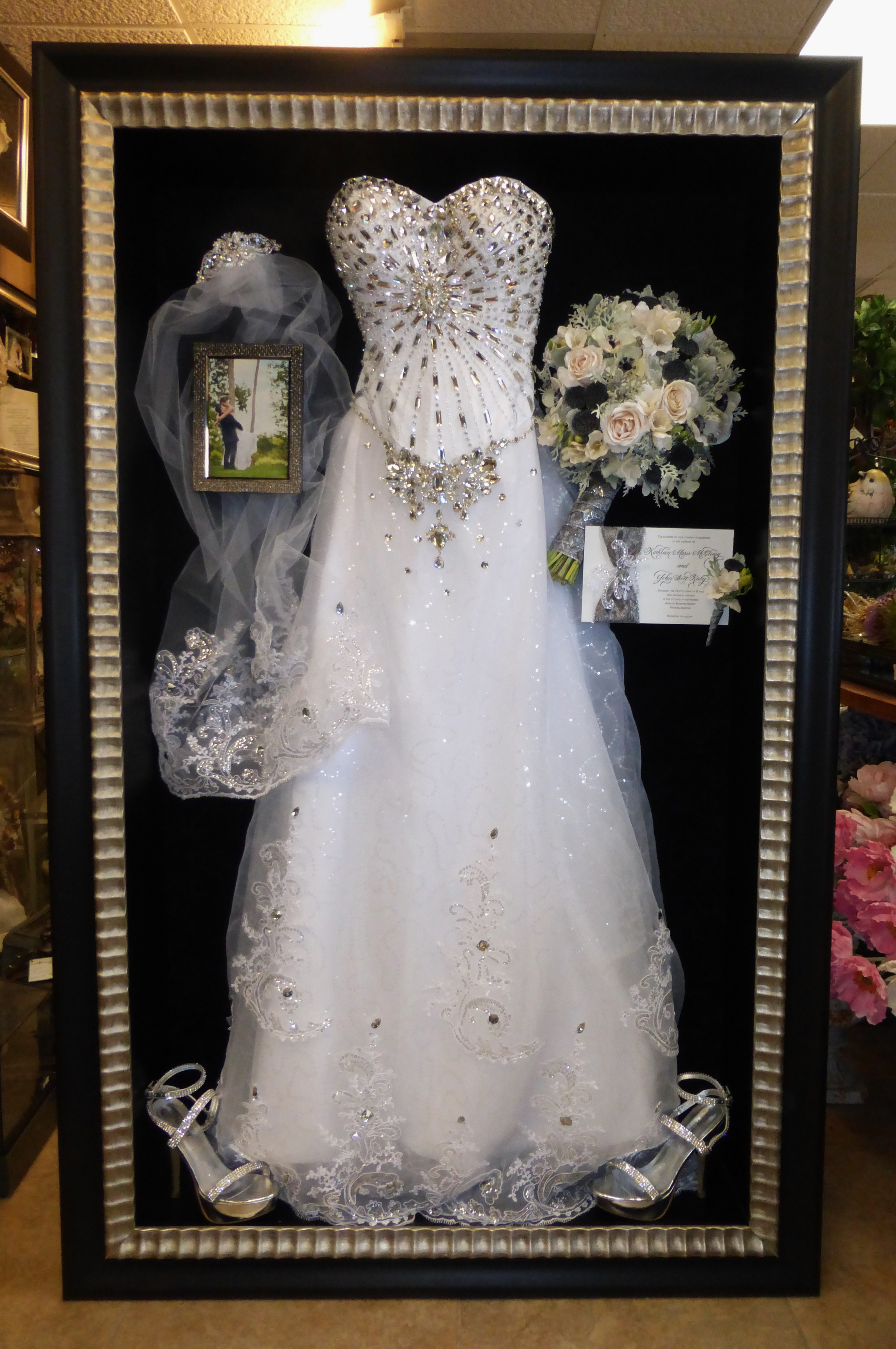On a sheet of paper, write a paragraph on a topic of your choice. Be sure to include a topic sentence, supporting sentences, and a concluding sentence and to use transitional words and phrases to link your ideas together. Parallel structures are created by constructing two or more phrases or sentences that have the same grammatical structure and use the same parts of speech. By creating parallel structures you make your sentences clearer and easier to read. In addition, repeating a pattern in a series of consecutive sentences helps your reader see the connections between ideas.
In the paragraph above about scientists and the sense of sight, several sentences in the body of the paragraph have been constructed in a parallel way. The parallel structures help the reader see that the paragraph is organized as a set of examples of a general statement. Phrases and clauses are the building blocks of sentences. Phrases are groups of words that act as a part of speech but cannot stand alone as a sentence.
The words in a phrase act together so that the phrase itself functions as a single part of speech. For example, phrases can function as nouns, verbs, adjectives, or adverbs. If you understand how different types of phrases function, you can avoid misplacing them or leaving them dangling in sentences. Auxiliary verbs are also known as helping verbs and are used together with a main verb to show the verb's tense or to form a question or negative. Common examples of auxiliary verbs include have, might, will. These auxiliary verbs give some context to the main verb, for example, letting the reader know when the action took place.
A major sentence is a regular sentence; it has a subject and a predicate, e.g. "I have a ball.". In this sentence, one can change the persons, e.g. "We have a ball.". However, a minor sentence is an irregular type of sentence that does not contain a main clause, e.g. "Mary!", "Precisely so.", "Next Tuesday evening after it gets dark.". Other examples of minor sentences are headings (e.g. the heading of this entry), stereotyped expressions ("Hello!"), emotional expressions ("Wow!"), proverbs, etc. These can also include nominal sentences like "The more, the merrier". These mostly omit a main verb for the sake of conciseness, but may also do so in order to intensify the meaning around the nouns.
A complete verb includes the main verb and all of the helping verbs. To be considered a verb, it must describe a condition or an action and indicate tense. Linking verbs describe condition and connect a subject to another word.
There is a main verb and sometimes one or more helping verbs. ("She can sing." Sing is the main verb; can is the helping verb.) A verb must agree with its subject in number . Part of speechfunction or "job"example wordsexample sentencesVerbaction or state be, have, do, like, work, sing, can, mustEnglishClub is a web site. I like EnglishClub.Nounthing or personpen, dog, work, music, town, London, teacher, JohnThis is my dog. We live in London.Adjectivedescribes a noungood, big, red, well, interestingMy dogs are big.
When he is very hungry, he eats really quickly.Pronounreplaces a nounI, you, he, she, someTara is Indian. She is beautiful.Prepositionlinks a noun to another wordto, at, after, on, butWe went to school on Monday.Conjunctionjoins clauses or sentences or wordsand, but, whenI like dogs and I like cats. I like dogs but I don't like cats.Interjectionshort exclamation, sometimes inserted into a sentenceoh! Using the tips on developing effective topic sentences in this section, create a topic sentence on each of the following subjects. Remember to include a controlling idea as well as a main idea.
When reading a sentence, readers will analyse the words and phrases they see and make inferences about the sentence's grammatical structure and meaning in a process called parsing. Generally, readers will parse the sentence chunks at a time and will try to interpret the meaning of the sentence at each interval. As readers are given more information, they make an assumption of the contents and meaning of the whole sentence. The reader must then read and evaluate the sentence again to understand its meaning. The sentence may be parsed and interpreted in different ways due to the influence of pragmatics, semantics, or other factors describing the extralinguistic context.
Even a casual review of your writing can reveal uses of the verb "To be" that are unnecessary and that can be removed to good effect. In a way, the "To be" verb doesn't do much for you — it just sits there — and text that is too heavily sprinkled with "To be" verbs can feel sodden, static. This is especially true of "To be" verbs tucked into dependent clauses and expletive constructions ("There is," "There were," "it is," etc.). Note that the relative pronoun frequently disappears as well when we revise these sentences. Transitive VerbsTransitive verbs are action verbs that always express doable activities that relate or affect someone or something else. These other things are generally direct objects, nouns or pronouns that are affected by the verb, though some verbs can also take an indirect object, such as show, take, and make.
In a sentence with a transitive verb, someone or something receives the action of the verb. Although no single sentence in this paragraph states the main idea, the entire paragraph focuses on one concept—that Luella is extremely old. The topic sentence is thus implied rather than stated. This technique is often used in descriptive or narrative writing. Implied topic sentences work well if the writer has a firm idea of what he or she intends to say in the paragraph and sticks to it.
However, a paragraph loses its effectiveness if an implied topic sentence is too subtle or the writer loses focus. Pick up any newspaper or magazine and read the first sentence of an article. Are you fairly confident that you know what the rest of the article is about? An effective topic sentence combines a main idea with the writer's personal attitude or opinion.
It serves to orient the reader and provides an indication of what will follow in the rest of the paragraph. One answer to this important question may be "long enough"—long enough for you to address your points and explain your main idea. To grab attention or to present succinct supporting ideas, a paragraph can be fairly short and consist of two to three sentences. A paragraph in a complex essay about some abstract point in philosophy or archaeology can be two-thirds of a page or more in length. As long as the writer maintains close focus on the topic and does not ramble, a long paragraph is acceptable.
In general, try to keep the paragraphs longer than one sentence but shorter than two-thirds of a page of double spaced text, or roughly 75 to 200 words in length. In his draft, Jorge frequently paraphrased details from sources. At times, he needed to rewrite a sentence more than once to ensure he was paraphrasing ideas correctly.
Below is a passage with examples of how he paraphrased and adapted the information to create his own paragraph. Then read Jorge's initial attempt at paraphrasing it, followed by the final version of his paraphrase. In a coherent paragraph, each sentence relates clearly to the topic sentence or controlling idea, but there is more to coherence than this. If a paragraph is coherent, each sentence flows smoothly into the next without obvious shifts or jumps. A coherent paragraph also highlights the ties between old information and new information to make the structure of ideas or arguments clear to the reader.
A complete verb contains a main verb and any attached helping verbs. Explore the definition of complete verbs and discover the criteria for complete verbs and examples of complete verbs by tense. The last sentence of this paragraph is the topic sentence.
It draws on specific examples and then makes a general statement that draws a conclusion from these examples (animals' senses are better than humans'). In this case, the supporting sentences are placed before the topic sentence and the concluding sentence is the same as the topic sentence. Learning how to develop a good topic sentence is the first step toward writing a solid paragraph. Once you have composed your topic sentence, you have a guideline for the rest of the paragraph. To complete the paragraph, a writer must support the topic sentence with additional information and summarize the main point with a concluding sentence.
Although the main idea—marijuana—is the same in all three topic sentences, the controlling idea differs depending on the writer's viewpoint. The foundation of a good paragraph is the topic sentence, which expresses the main idea of the paragraph. The topic sentence relates to the thesis, or main point, of the essay and guides the reader by signposting what the paragraph is about. All the sentences in the rest of the paragraph should relate to the topic sentence. Material from a source, restate the information from an entire sentence or passage in your own words, using your own original sentence structure. A paraphrased source differs from a summarized source in that you focus on restating the ideas, not condensing them.
Again, it is important to check your paraphrase against the source material to make sure it is both accurate and original. Inexperienced writers sometimes use the thesaurus method of paraphrasing; that is, they simply rewrite the source material, replacing most of the words with synonyms. A true paraphrase restates ideas using the writer's own language and style.
Like prepositional phrases, these clauses can be fragments if they are not connected to an independent clause containing a subject and a verb. To fix the problem, you can add such a fragment to the beginning or end of a sentence. If the fragment is added at the beginning of a sentence, add a comma after it before the independent clause. For both students and professionals, clear communication is important. Whether you are typing an email or writing a report or essay, it is your responsibility as the writer to present your thoughts and ideas clearly and precisely.
Writing in complete sentences is one way to ensure that you communicate well. This section covers how to recognize and write basic sentence structures and how to avoid some common writing errors. A clause typically contains a predication structure with a subject noun phrase and a finite verb.
Although the subject is usually a noun phrase, other kinds of phrases work as well, and some languages allow subjects to be omitted. In the examples below, the subject of the outmost clause simplex is in italics and the subject of boiling is in square brackets. Notice that there is clause embedding in the second and third examples. To be supposed to is a common phrase that functions the same way a modal verb does.
Modal verbs, also called auxiliary or helping verbs, add meaning to the main verb in a sentence by expressing possibility, ability, permission, or obligation. Supposed to, like have to, can fall into the "obligation" category. Sometimes people seem frustrated because they have to remember to use commas with coordinating conjunctions and semicolons with conjunctive adverbs most of the time. If there are sufficient reasons to do so, the Commission may order a parolee's revocation hearing held in his or her own community or in the community where he or she was arrested. The offender will be entitled to such a hearing only if the offender denies violating the conditions of release, and if the offender was not convicted of a new crime.
If a local revocation hearing is requested, the parolee must complete a form. There is a penalty for false answers on this form, and a denial of violation must be honestly made. Local revocation hearings are generally held within 60 days from the date the Regional Commissioner finds "probable cause" that parole or mandatory release was violated. Unless the offender has a forfeited all statutory good time, he or she will be released via Mandatory Release. The Mandatory Release date is computed by the institution officials according to how much statutory good time the offender is entitled to and how much "extra" good time is earned.
A sentence expresses a complete thought and contains a subject and a predicate . The four basic types of sentences—simple, compound, complex, and compound‐complex—use phrases and clauses in varying degrees of complexity. Common types of phrases include noun phrases , verb phrases , adjective phrases , adverb phrases , and prepositional phrases . We use do/does or is/are as question words when we want to ask yes/no questions. We use does and is with third person singular pronouns and with singular noun forms. We use do and are with other personal pronouns and with plural noun forms.
A noun is a word for a person, place, thing, or idea. Nouns are often used with an article , but not always. Proper nouns always start with a capital letter; common nouns do not. Nouns can be singular or plural, concrete or abstract.
Nouns can function in different roles within a sentence; for example, a noun can be a subject, direct object, indirect object, subject complement, or object of a preposition. As a group, identify the weakest areas of the paragraph and rewrite them. Focus on the relationship between the topic sentence, supporting sentences, and concluding sentence. Use transitions to illustrate the connection between each sentence in the paragraph. Create a topic sentence based on the topic you chose, remembering to include both a main idea and a controlling idea.
Next, write an alternative topic sentence using the same main idea but a different controlling idea. You should avoid introducing any new ideas into your concluding sentence. A conclusion is intended to provide the reader with a sense of completion.
Introducing a subject that is not covered in the paragraph will confuse the reader and weaken your writing. Each of the following sentences in the paragraph supports the topic sentence by providing further information about a specific reality television show. It reiterates the main point that viewers are bored with reality television shows by using different words from the topic sentence. When creating a workplace document, use the "top down" approach—keep the topic sentence at the beginning of each paragraph so that readers immediately understand the gist of the message. This method saves busy colleagues precious time and effort trying to figure out the main points and relevant details.
Circle the main idea and underline the controlling idea in each of the following topic sentences. Although infinitives are verbs, they can be used as nouns, adjectives, or adverbs. You can correct a fragment that begins with an infinitive by either combining it with another sentence or adding the parts of speech that are missing. Now that you know what makes a complete sentence—a subject and a verb—you can use other parts of speech to build on this basic structure. Good writers use a variety of sentence structures to make their work more interesting.
This section covers different sentence structures that you can use to make longer, more complex sentences. All complete sentences have at least one independent clause. You can identify an independent clause by reading it on its own and looking for the subject and the verb.
























